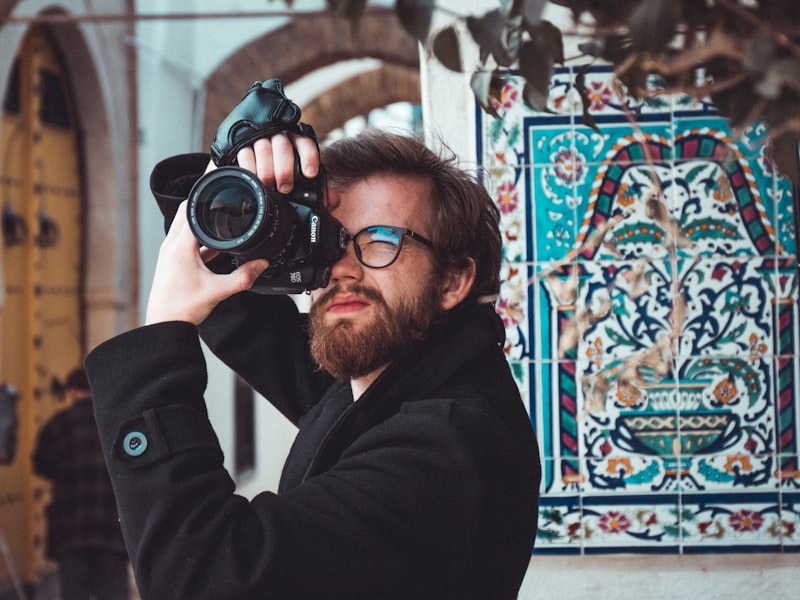Anime Ramen & Teriyaki

Portraying a personality of the alternative sex is known as crossplay. The practicality of crossplay and cross-dress stems in part from the abundance in manga of male characters with delicate and somewhat androgynous features. Such characters, known as bishōnen (lit. "fairly boy"), are Asian equivalent of the elfin boy archetype represented in Western custom by figures corresponding to Peter Pan and Ariel. The most nicely-known cosplay contest occasion is the World Cosplay Summit, selecting cosplayers from 20 nations to compete within the final round in Nagoya, Japan.

Cosplayers of different pores and skin color than the character are sometimes put down for not being 'accurate' or 'faithful'. Many cosplayers really feel as if anybody can cosplay any character, however it becomes complicated when cosplayers aren't respectful of the character's ethnicity.
Issues corresponding to blackface, brownface, and yellowface are nonetheless controversial since a large part of the cosplay community see these as separate problems, or just a suitable part of cosplay. Ethnicity stays a polarizing subject today, as discussion continues in individual and on-line. Male to feminine cosplayers may expertise points when attempting to painting a feminine character because it's onerous to keep up the sexualized femininity of a personality.
Male cosplayers may also be subjected to discrimination, together with homophobic comments and being touched without permission. This impacts men presumably much more usually than it impacts girls, despite inappropriate contact already being a problem for ladies who cosplay, as is "slut-shaming".
Some have argued that cosplay can never be a real representation of the character; as a substitute, it could only be learn via the physique, and that true embodiment of a personality is judged primarily based on nearness to the unique character kind. Cosplaying can even assist a few of those with self-esteem problems. The first World Cosplay Summit was held on October 12, 2003 at the Rose Court Hotel in Nagoya, Japan, with 5 cosplayers invited from Germany, France and Italy. There was no contest until 2005, when the World Cosplay Championship began.
Cosplay has been carefully linked to the presentation of self, but cosplayers' capability to carry out is proscribed by their bodily features. Authenticity is measured by a cosplayer's individual ability to translate on-display manifestation to the cosplay itself.
The phenomenon is most obvious in Japan but exists to a point in different nations as well. the bunny girl Professional cosplayers who revenue from their art might expertise issues related to copyright infringement. As cosplay has entered more mainstream media, ethnicity turns into a controversial level.
The first winners were the Italian team of Giorgia Vecchini, Francesca Dani and Emilia Fata Livia. Costuming unfold with the science fiction conventions and the interplay of fandom. The earliest identified occasion of costuming at a convention within the United Kingdom was at the London Science Fiction Convention but this was solely as a part of a play.
Cosplay has influenced the advertising industry, during which cosplayers are often used for occasion work beforehand assigned to agency fashions. Some cosplayers have thus reworked their hobby into profitable, skilled careers. Japan's leisure trade has been home to the skilled cosplayers for the reason that rise of Comiket and Tokyo Game Show.
